This coffee ground trick has kept my houseplants healthy for years
Re-using my old coffee grounds limits waste and plays a key part in my plant care routine
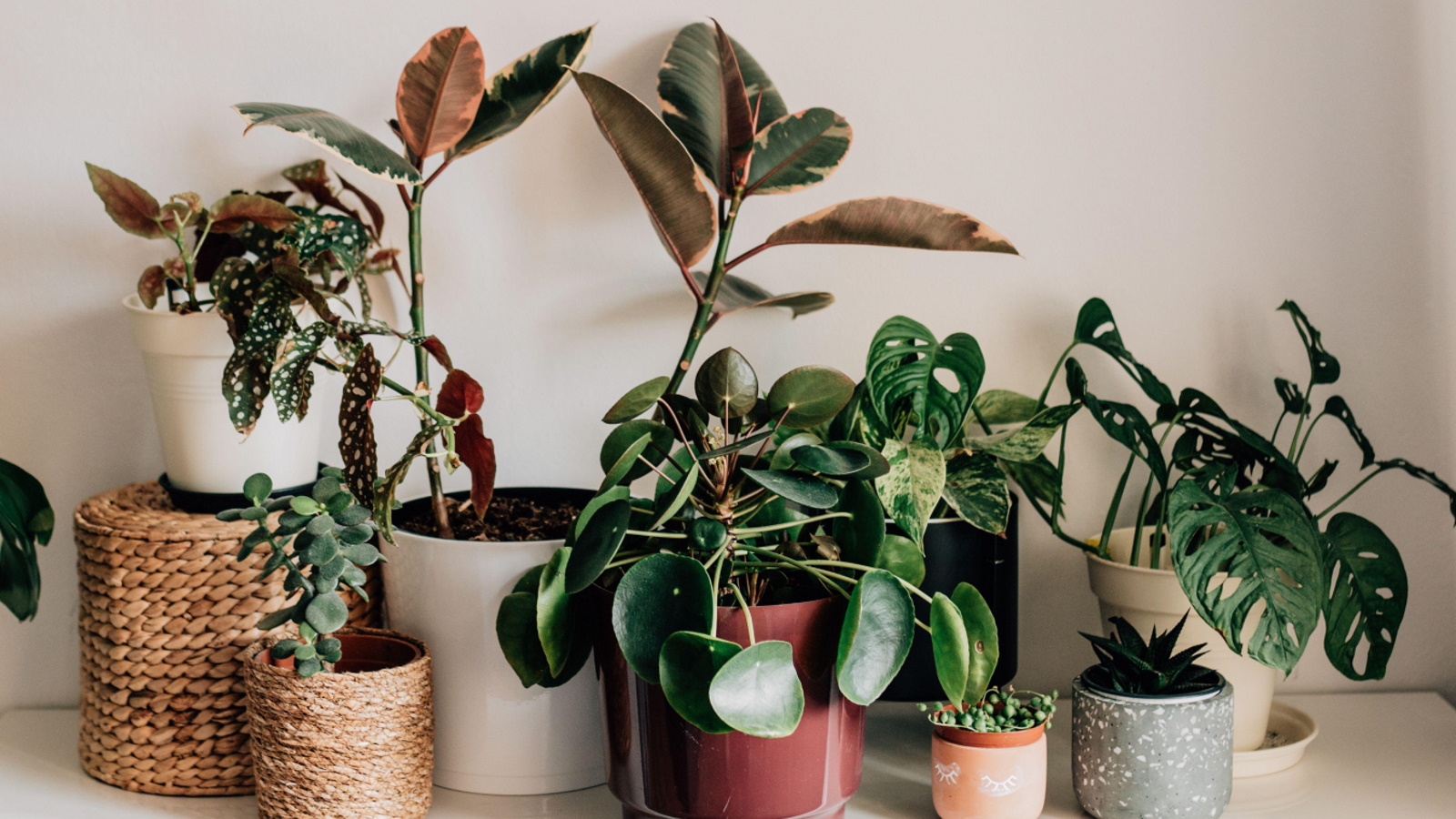

Rachel Bull
Of all the things I adore, two particularly define life in my small urban home: houseplants and coffee. Anyone who knows me understands that when my birthday comes around gifts are usually in the shape of new greenery and a tin of ground coffee. I simply can't get enough of both.
So, you can imagine my delight when I discovered a coffee ground trick that combines my passions. The method involves putting my ground coffee waste to good use as a natural fertilizer for my best indoor plants. The process is quick, and it reduces unwanted waste as it turns out coffee grounds are good for plants.
It’s not just me who appreciates this neat trick. Judging from the health of my houseplants, I would say they do, too. Here's how you can try it at home.
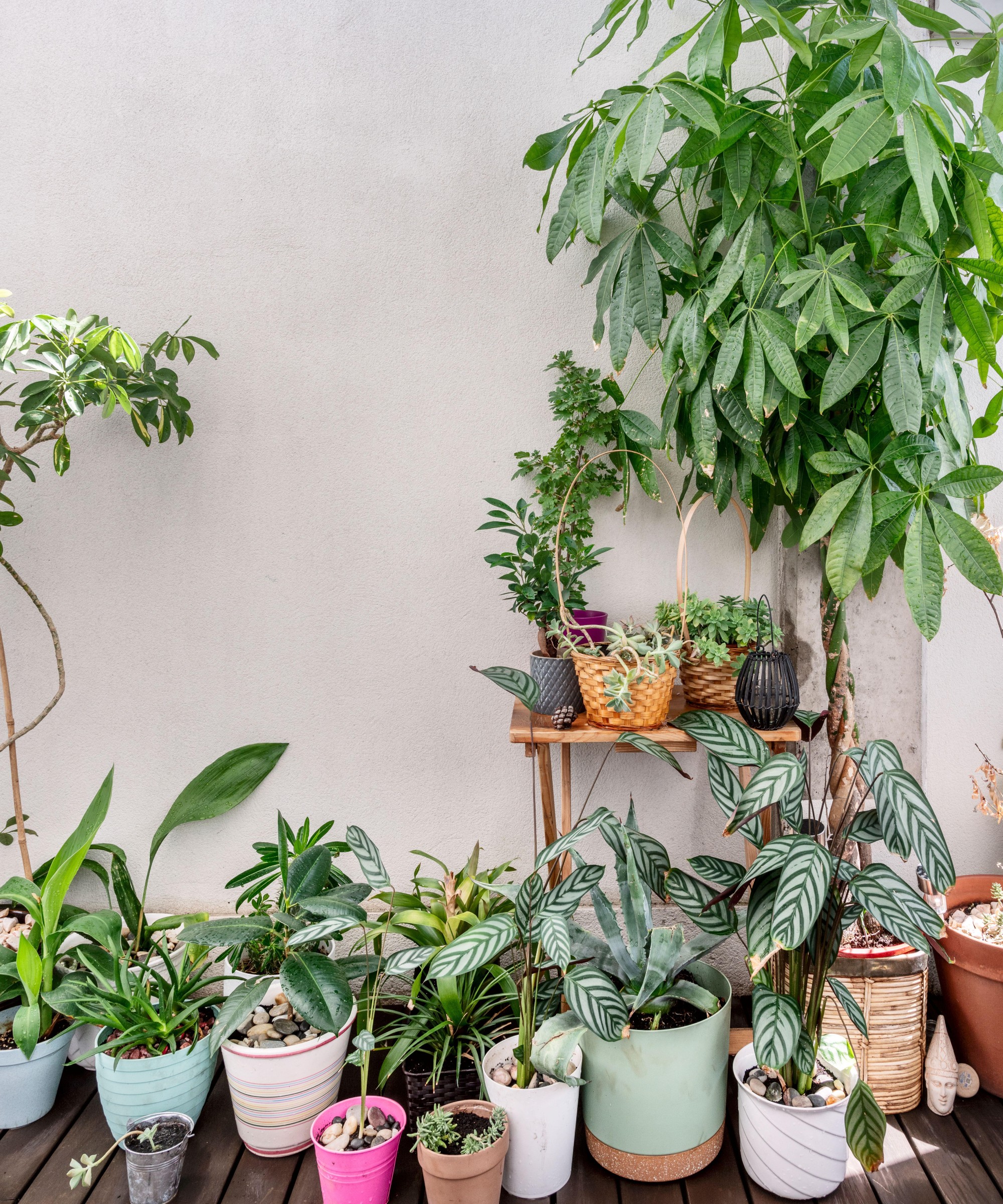
How I use coffee grounds as a houseplant fertilizer
Despite my love for all houseplants, I'll admit that low-maintenance indoor plants are my favorite. Why? Because they're so easy to care for. Since I opt for easy maintenance where possible you can imagine how happy I was to see this coffee ground trick is ultra simple.
To begin, I mix one cup of coffee ground waste with 2.5 gallons of water. I tend only to use grounds that have had two days to dry to ensure the solution is at its most effective. I then mix the ingredients together and leave it for up to three days.
After stirring the mixture, I strain it and then transfer to my houseplant watering can, such as this stylish design available from Amazon. I take my plants to my sink and pour until the soil is moist. Then, I reward my efforts with a cup from my best coffee machine, naturally.
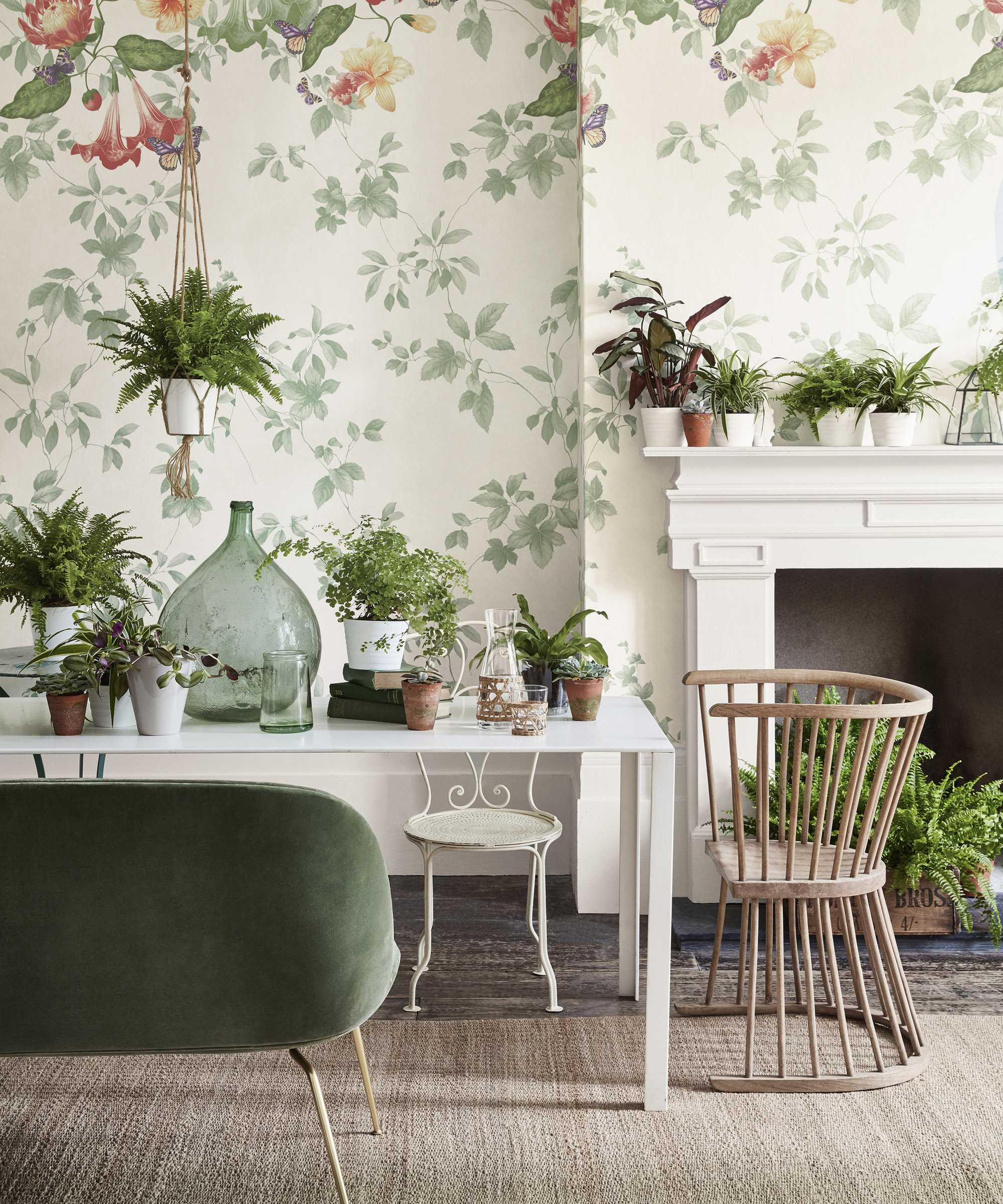
What makes this coffee ground trick successful?
I measure this trick's success by the health of my plants – I could tell something was working as it should. But what makes coffee grounds so appealing to plants?
'Coffee grounds are an effective houseplant fertilizer owing to their high nitrogen content,' says Rachel Bull, Head of Gardens at H&G, and a fellow houseplant aficionado. 'Coffee grounds contain potassium, magnesium, calcium, and other trace minerals too, which are all vital nutrients that plants need to grow. This fertilizer is slow release, which can lead to consistent growth and means you won't have to feed your plants all too often to see good results.
'When sprinkled directly onto the soil, used coffee grounds can help to improve its structure and ability to retain water,' continues Rachel, 'though I would advise doing this sparingly so as not to create a barrier that will prevent adequate water penetration and air flow.'

Rachel is a gardening editor, flower grower and floral designer. Her journalism career began on Country Living magazine, sparking a love of container gardening and wild planting. After more than a decade writing for and editing a range of consumer, business and special interest titles, Rachel became editor of floral art magazine The Flower Arranger. She then trained and worked as a floral designer and stylist in London for six years, before joining the Homes & Gardens team.
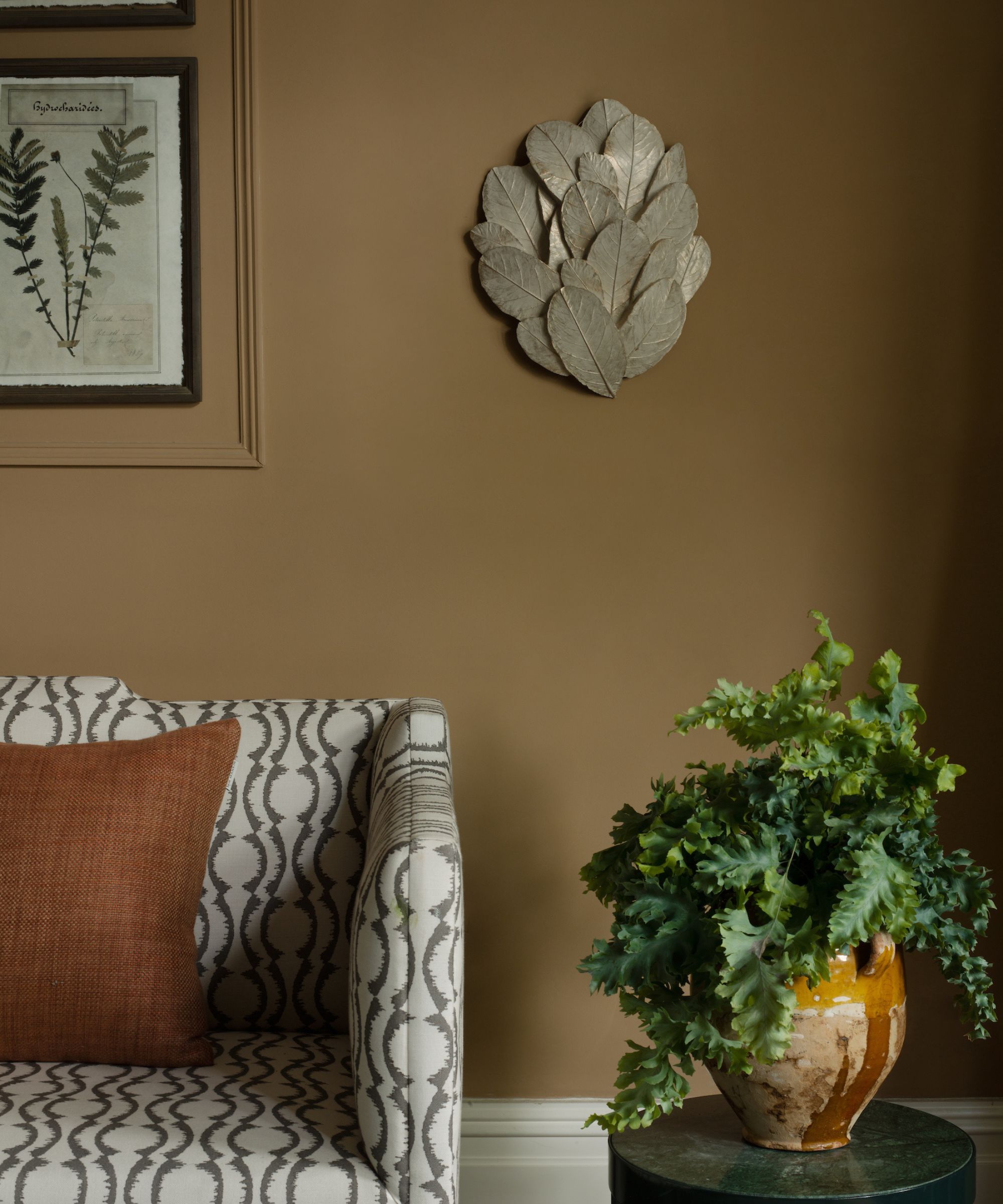
Do coffee grounds alter soil pH levels?
Coffee grounds are slightly acidic with a pH between 6.5 and 6.8, which can change and improve the overall pH range of your potting soil. Most houseplants, however, will not respond brilliantly well to a huge increase in the acidity of their soil, which is why you should always try to opt for used coffee grounds rather than fresh ones when applying this homemade fertilizer.
It is also important to note that you should only use pure black coffee grounds on your houseplants. If you've tainted your grounds with milk sweeteners or syrup, you may do more harm than good.
At best, milk and sugar can attract fungus gnats (although we can share the secrets of getting rid of fungus gnats with you if you should need this advice) but, at worst, you could damage your plant.
FAQs
How often can I add used coffee grounds to my houseplants?
You can water your houseplants with a solution made from used coffee grounds once a week. It is fine to continue to do this during the fall and winter, when growth slows and plants go into dormancy. Just take care not to overwater, and avoid sprinkling too many grounds directly onto the soil as this could prevent water from penetrating properly.
If you're a coffee and plant lover, I have no doubt this trick will speak to you in the same way it did for me. There are so many plants that will benefit from coffee fertilizer, including acid-loving gardenias, which make for a highly fragrant indoor plant. Your plants may just thank you for that extra cup on a Sunday morning. While you're at it, try out the coffee filter at the bottom of plant pots hack, too.
Sign up to the Homes & Gardens newsletter
Design expertise in your inbox – from inspiring decorating ideas and beautiful celebrity homes to practical gardening advice and shopping round-ups.

Megan is the Head of Celebrity Style News at Homes & Gardens, where she leads the celebrity/ news team. She has a history in interior design, travel, and news journalism, having lived and worked in New York, Paris, and, currently, London. Megan has bylines in Livingetc, The Telegraph, and IRK Magazine, and has interviewed the likes of Drew Barrymore, Ayesha Curry, Michelle Keegan, and Tan France, among others. She lives in a London apartment with her antique typewriter and an eclectic espresso cup collection, and dreams of a Kelly Wearstler-designed home.
- Rachel BullHead of Gardens
-
 How to grow astilbe – expert advice on cultivating this shade-tolerant flowering perennial
How to grow astilbe – expert advice on cultivating this shade-tolerant flowering perennialShade-tolerant and pest-resistant - astilbe are hardy and tough perennials that can thrive in many settings
By Ellen Wells Published
-
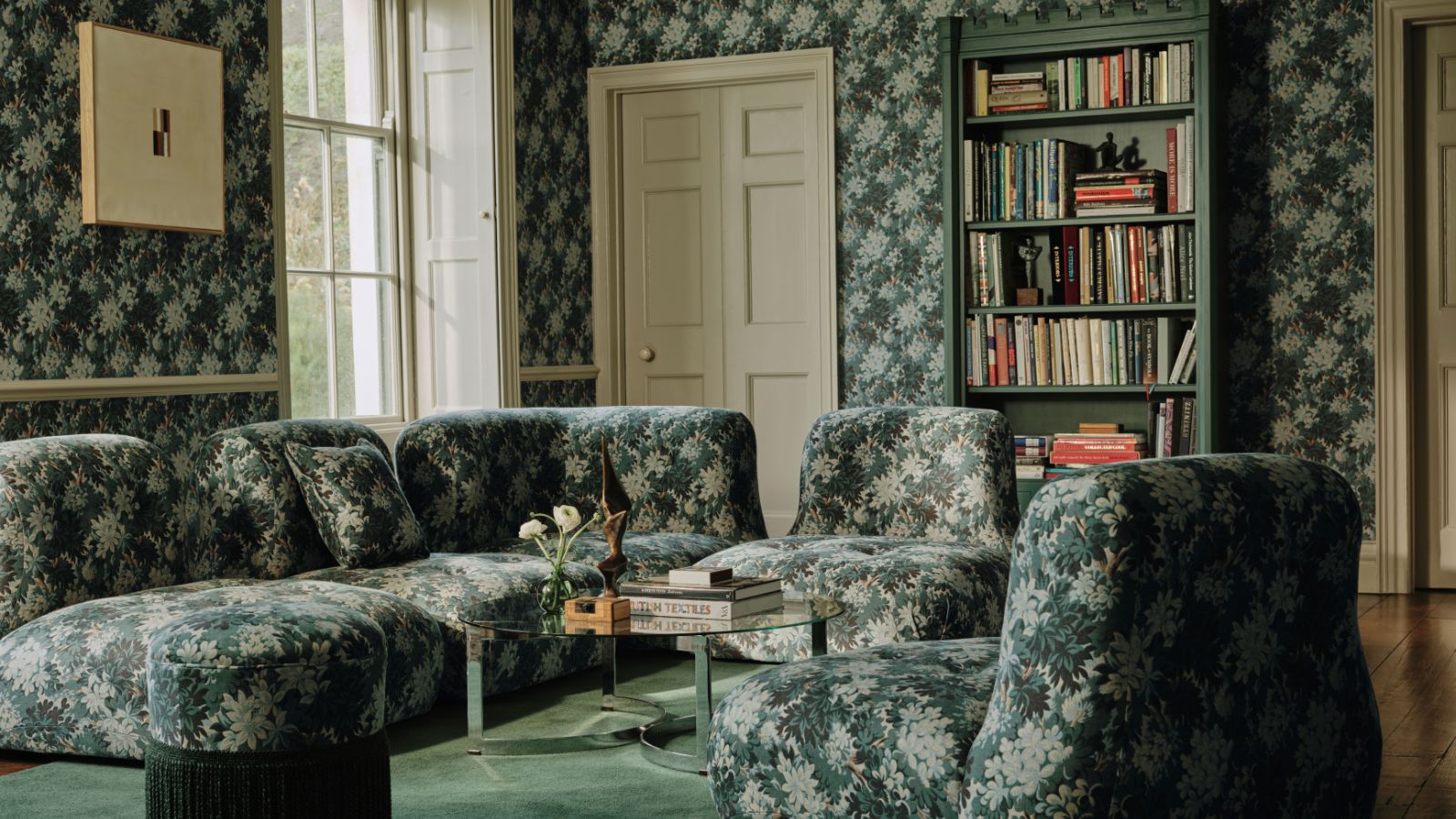 Vintage prints are making a comeback – designers say to look out for these 5 nostalgic patterns this year
Vintage prints are making a comeback – designers say to look out for these 5 nostalgic patterns this yearThese vintage-style patterns are all the rage right now, and we spoke with design experts to learn how best to style them in the home
By Eleanor Richardson Published